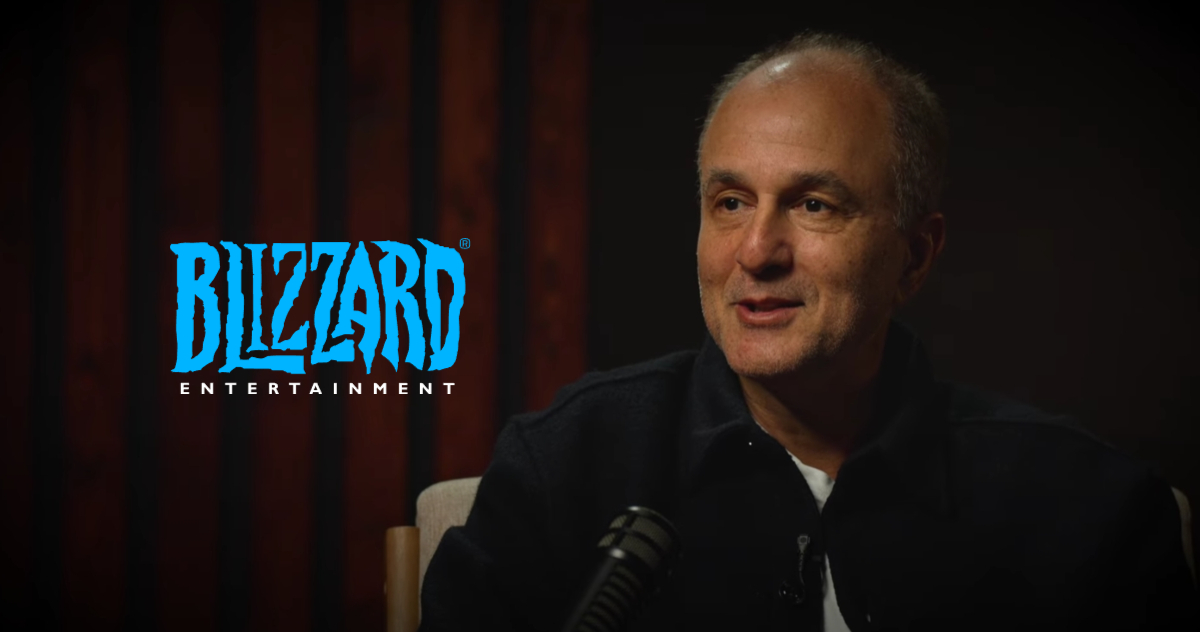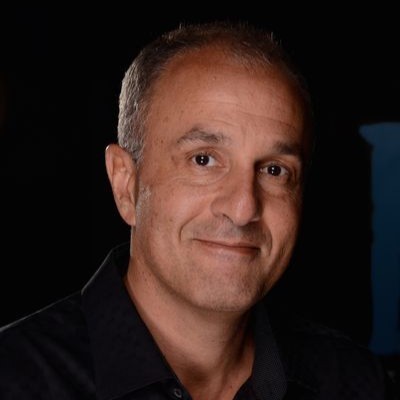Blizzard Entertainment co-founder and former chief design officer Allen Adham has opened up about the studio’s early days, also sharing his design principles and how to scale game development teams.

Allen Adham (Image credit: a16z Games)
In an interview with the a16z Games YouTube channel, Adham called Warcraft II: Tides of Darkness the first breakthrough game for Blizzard. While its previous titles such as Rock n’ Roll Racing, Blackthorne, and The Lost Vikings were fun to play, it was the Warcraft sequel that shaped the studio’s philosophy and key design pillars.
Blizzard realized that games should appeal to both casual and hardcore players. Adham said they deliberately rejected the prevailing principle at the time: “If you tried to make a game for everybody, then you would get nobody.” Instead of picking a certain audience, the studio found success in reaching as many groups of players as possible.
Adham cited Chess and Go as the main examples of games for everybody, and they were the main reference points for Blizzard devs at the time. “You can explain the rules of Chess in about five minutes to an 8-year-old, and then that 8-year-old could play every day for the rest of their life,” he said.
Strategic depth does not require complexity. And the Holy Grail of game design are those rare gems where you find strategically deep games that are still simple. That lets you invite in casual and midcore players and then graduate them up the strategic curve until they are hardcore. So you see that echoing in all of our game designs.
co-founder of Blizzard Entertainment
Another major factor in Blizzard’s rise to success was picking the right setting. That’s why the company chose high fantasy and what Adham calls “high sci-fi” for its breakthrough franchises, Warcraft and StarCraft.
“You would go into a store and you would see a box sitting on a shelf in a sea of hundreds of other boxes. So you really just had a few seconds to catch [players’] attention, and by picking something that they already knew — an orc or an elf or a dragon or a space marine — you had a better chance that it would resonate as opposed to picking something cool but random,” Adham explained.

Adham also shared his approach to finding new talent, saying that the most important question he always asked during interviews was, “Tell me about some of the games you’re playing these days.” Hiring gamers to develop video games has been one of the secrets that Blizzard intuitively understood since its inception.
Now in the industry it's very common to find lots of people in game dev studios that don't actually play games. They may be excellent engineers or whatever their craft is, they don't play games. You risk losing a little bit of the magic if you do that. And thousands of cool, little, accidental, inspired ideas that come out of those accidental conversations go away if you're not all hardcore gamers.
co-founder of Blizzard Entertainment
According to Adham, building a team to make one great game is hard enough on its own, but scaling it into two teams is even harder. For Blizzard, the recipe was to take the best people from the already successful game and move them on to the next project.
It is very risky both in the short and long run, but “the beauty of that system is it gives your ‘lieutenants’ a chance to step into the director role, which is really good for them, and it gives your highest initiative, most experienced, and most creative developers a chance to keep doing new things.” Adham believes that this approach could help you build a really healthy system.
He also recalled his return to Blizzard in 2016 after first leaving it in 2004, before the launch of World of Warcraft. And the biggest change he noticed was the team sizes. It happened not only because the scope and budgets of game development have drastically increased during Adham’s absence, but also because of LiveOps.
Back then, you could just make a game, ship it, release a few patches and move on to the next project. But in today’s market, you can’t make live service games in isolation. “If you look at our team sizes when we shipped Hearthstone, Overwatch, or World of Warcraft, [they] quadruple over time shortly after ship as you scale them to this success and try to do all the things: [LiveOps], esports, DLCs, expansions,” Adham explained. “And at the same time, maybe you’re working on the next big-numbered flagship sequel. That’s a huge lift to do all at the same time.”
The full interview, where Adham also recalls the beginning of his game development career, mentorship from Interplay founder Brian Fargo, meeting Michael Morhaime, and leaving Blizzard, can be watched below.

